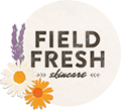
In October we really start to notice the nip in the air. Our skin notices it too. Dryness, flaky skin and red patches are common at this time of the year as we adjust to harsher outdoor conditions, and cossetting indoor spaces. The top tip is to keep skin hydrated, ideally with lots of herbal teas. Listen to your skin to know what it needs, and try some of the ideas below. There are always plants willing to help. With plenty of hydration and moisturiser you can be outdoors enjoying all this colourful season offers, while retaining your healthy glow.
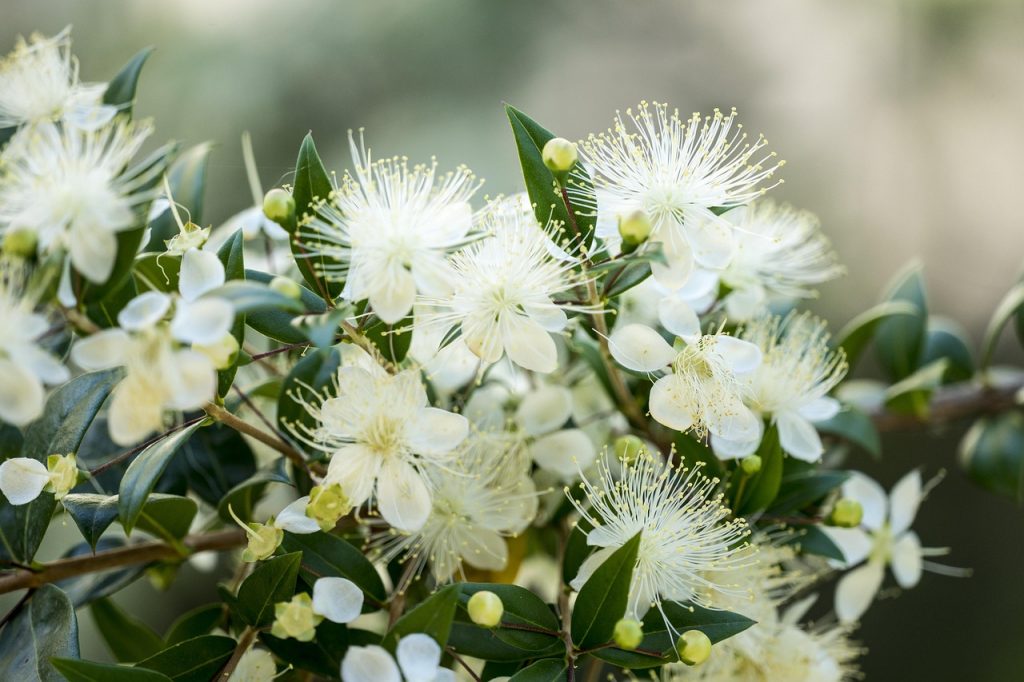
1. Myrtle, Myrtis communis
Myrtle’s delicate scent is loved in skincare, sometimes described as like a sunlit Mediterranean garden. It is fresh, green, slightly sweet and herbal with woody or spicy undertones. Used as essential oil, distillations from Tunisia and Corsica are particularly prized for the balance of fresh and floral, it is used in perfumery, soaps and skincare. Myrtle’s astringent properties are good for oily or acne-prone skin. Balancing and calming, she can soothe irritation and keep skin clear and glowing. In ancient Greece, myrtle was sacred to Aphrodite, goddess of love and beauty, making her a good inclusion in a wedding bouquet.
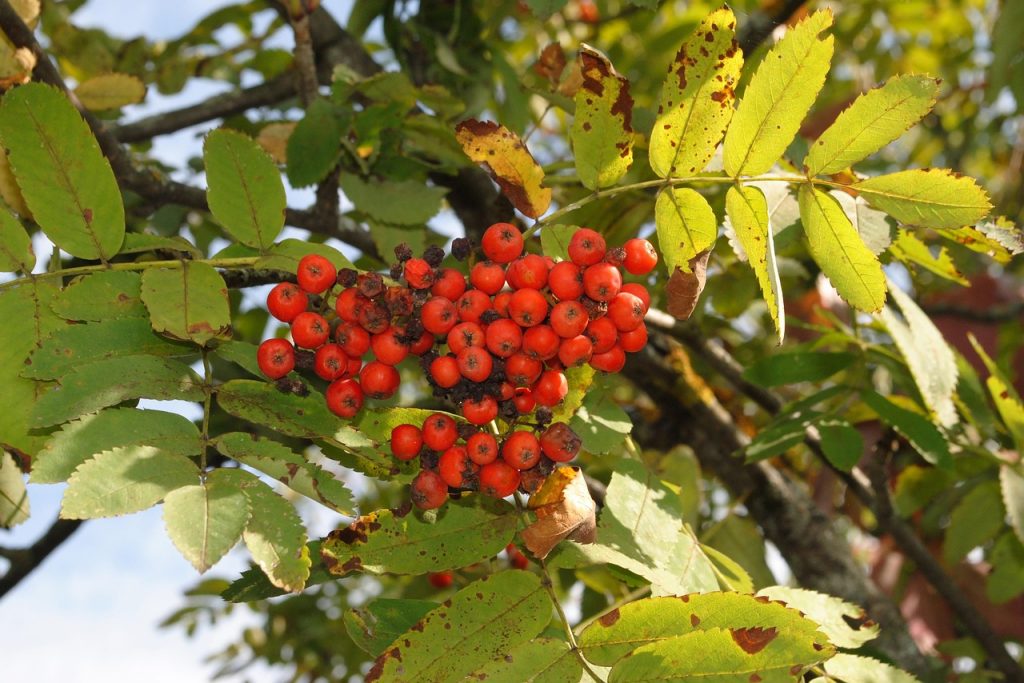
2. Rowan, Sorbus aucuparia
With an abundance of blackberries, sloes, haws and hips, rowan berries may be last left lingering. Just like other colourful fruits, they are packed with great compounds for skin. In particular, antioxidants and vitamin C. The berries are helpful reducing inflammation, protecting cell damage and boosting collagen production, while minimising break down of collagen too. Rowan’s latin name indicates she contains sorbitol and sorbic acid. Sorbitol is a sugar alcohol mostly used as a sweetener, though also a humectant. Sorbic acid is a preservative, often included in broad spectrum preservatives used in skincare to protect against mould, yeast and bacteria.
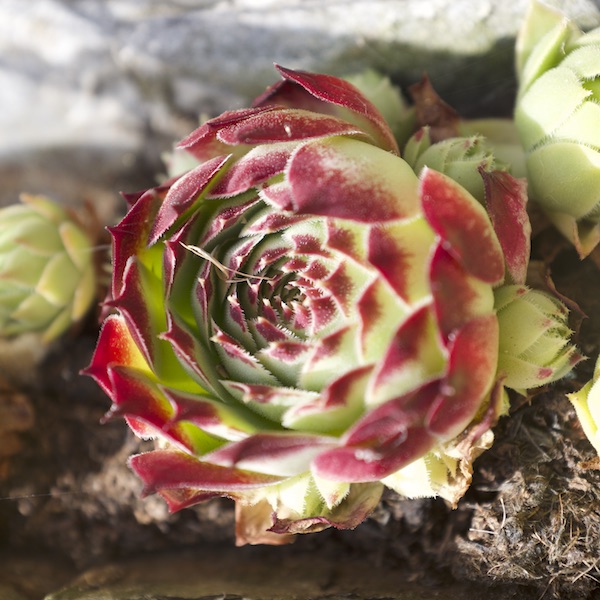
3. Houseleek, Sempervivum
Gels have such great skin feel, moisturising and unctuous at the same time. Blending with gels is a great way to get the benefits of an oil, without feeling too ‘oily’. What did we do before aloe gel? We used Sempivivum, aka houseleeks. Since Roman times, these were popularly kept by front doors, or grown on roofs, supposedly to protect from lightening. Grow outdoors and, just like aloe, break open a succulent leaf to access their gel. Combined in a formulation this lightens eye creams, adds protection to shaving gels and deodorants, moisture to hand sanitisers, and so much more.
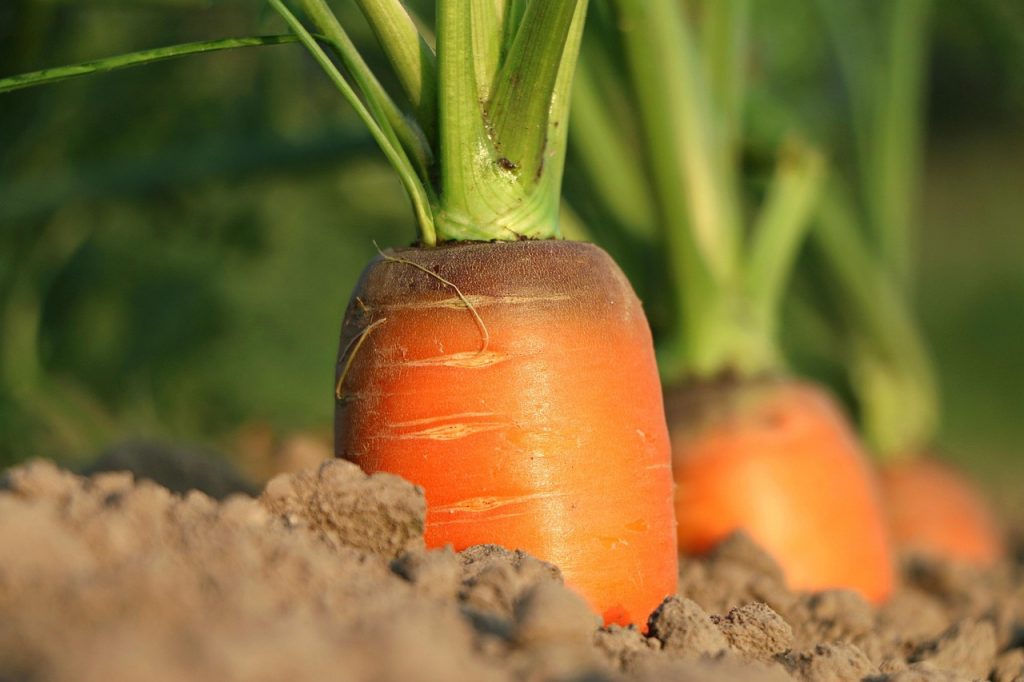
4. Carrot, Daucus carota
Darker nights mean more carrots needed so we can see in the dark! The traditional belief has some truth. Carrots contain high levels of beta-carotene which our bodies convert to vitamin A, important for eye health. This pigment also gives carrots their colour and sweetness. Carrot juice has been considered ‘medically active’ since early 1900s. Vitamin A also keeps skin healthy, taut and younger looking. Carrot infused oil added to skincare can help reduce fine lines and wrinkles. It provides colour, shine and nourishment, improving complexion and tone for a fresher appearance. A great conditioning boost for skin throughout winter.
If you’d like to give this a try, without the hassle of infusing, Field Fresh Skincare ‘Face the Day’ cream includes carrot oil.
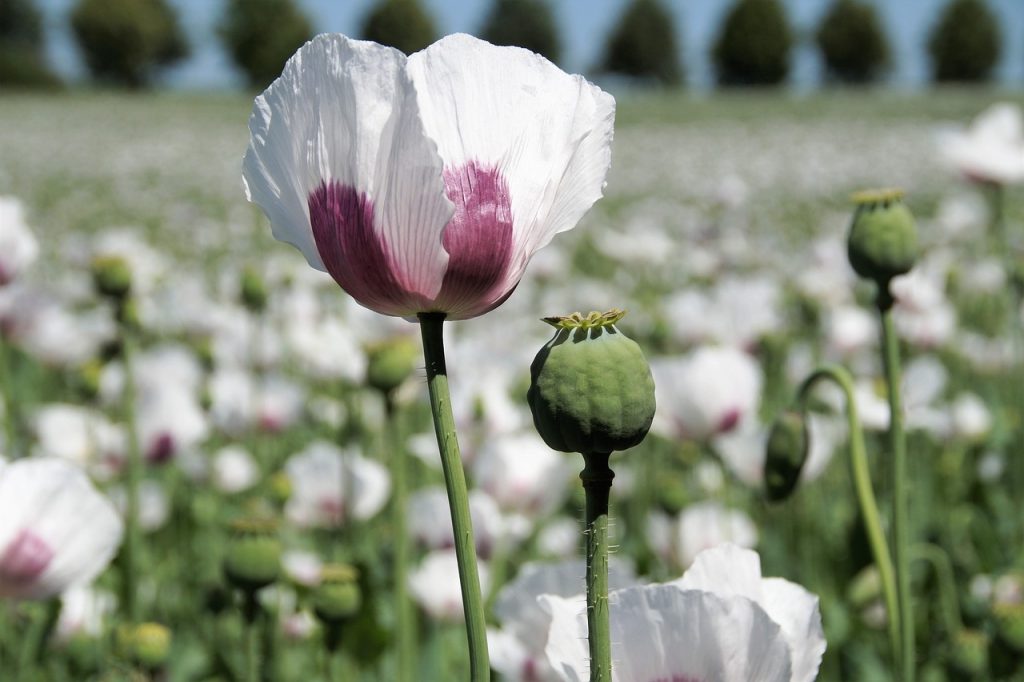
5. White Poppy – Papaver somniferum
A poppy flower infusion can be used to soothe sunburnt or wounded skin while supporting with pain relief. Seeds added to soaps and scrubs are great for dry skin and eczema, providing exfoliation that doesn’t upset the waterways. The seeds contain over 25% oil. High linoleic acid levels (Omega 6) make it an effective moisturiser. White poppy seed oil helps against UV and improves skin barrier function, together providing good defence against environmental stressors. In hair products it will penetrate well, replenish moisture and nourish making hair healthier, more resistant to breaking and able to withstand daily stresses and styling.
LIKE THE IDEA OF GATHERING YOUR OWN SKINCARE INGREDIENTS? …
… you might like to read some more.
For everything you need to know to get started with Blend-it-Yourself skincare using the plants that grow around you, see Vital Skincare by Laura Pardoe. This book takes you through the techniques and ingredients you’ll need to know to make your own natural skincare.
